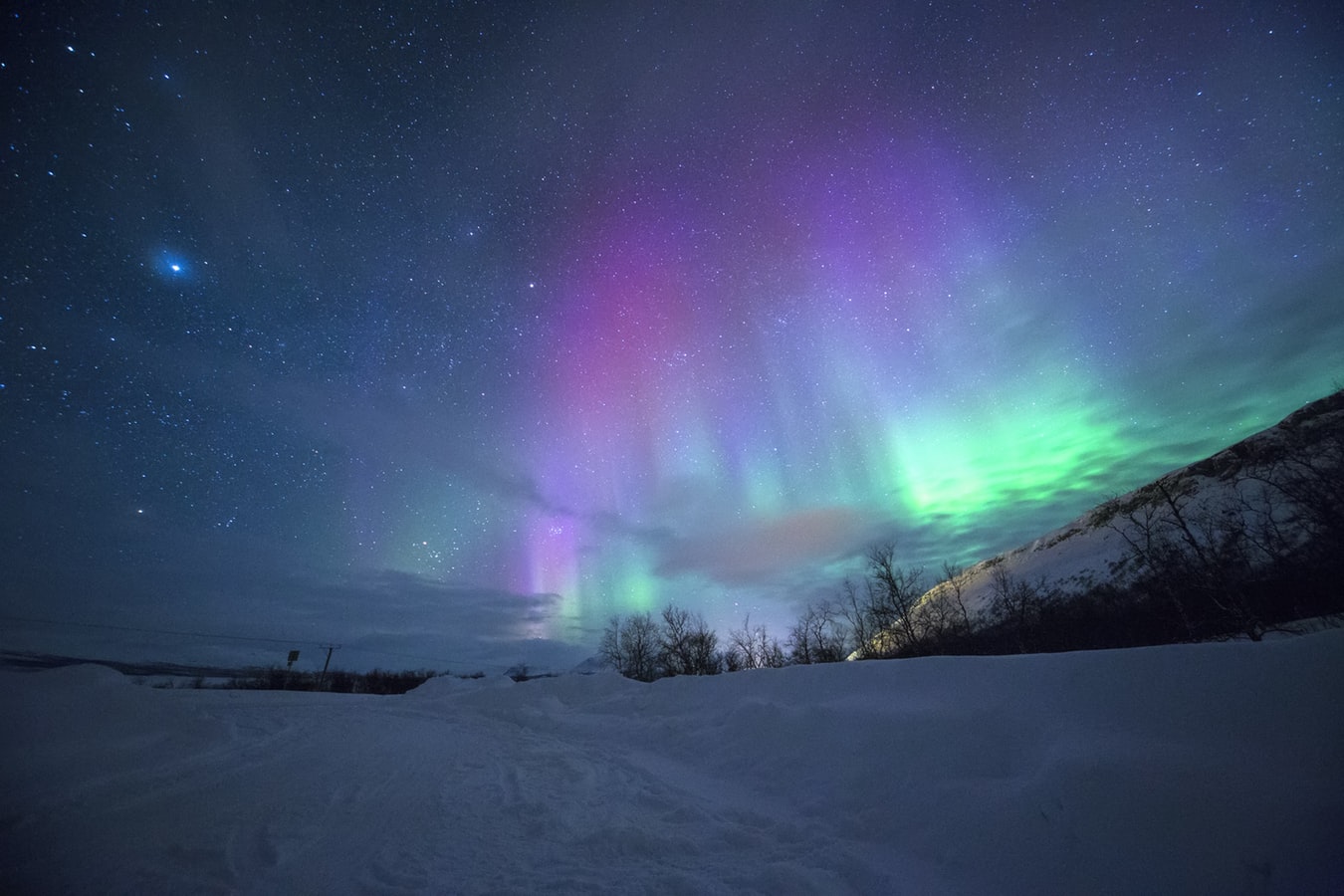The XXXII Canary Islands Winter School of Astrophysics, organized by the Instituto de Astrofísica de Canarias (IAC), focusses on Galaxy Clusters. The school, to be held in San Cristóbal de La Laguna (Tenerife, Spain) from 23 November to 1 December 2021, will admit about 50 PhD students and young Post-Docs. In a relaxed environment, the school will give participants the opportunity to learn from world-renowned specialists about galaxy clusters. Participants of the Winter School will have the opportunity to highlight their current work by presenting a poster. The duration of the school, including the visits to the observatories, is equivalent to a total of 50 hours (5.0 academic credits). Deadline for both the Registration and Applications is 15 September 2021.
Scientific Rationale
Galaxy cluster in formation in the early Universe.
Models of hierarchical galaxy and structure formation predict that mass is assembled inhomogeneously along filaments, forming a cosmic web. In the past decade, huge efforts have been dedicated to studying these nodes: clusters of galaxies which trace the most massive dark matter halos and their components such as galaxies, intracluster medium and dark matter. Galaxy clusters have been historically considered the ideal laboratories to study galaxy evolution in overdense environments. Observations of clusters show how fundamental the role of the environment is in shaping galaxies.
Cluster galaxies are prime laboratories for the accelerated built-up of massive galaxies and enables us to characterize the role environment plays on the formation and evolution of galaxies. Thus, we can test current cosmological formation models with the earliest seeds of cluster formation. A crucial epoch for galaxy evolution and formation are the first billion years of the universe (beyond redshift z=1) coming along with an enhanced star-formation and black hole activity compared to the local universe and a huge growth of stellar mass both in cluster and field galaxies. In particular, several results point to z~2 being the “beginning of the end” in terms of quenching star formation and establishing the massive, passive galaxies that dominate clusters at low redshifts.
Beside the significant recent advances in this research area there are still several key questions that remain open: i) which of the present-day cluster (massive) galaxies formed at high redshift? ii) what are the overall characteristics (sizes, masses, morphologies) of clusters at different epochs? iii) when and how present-day galaxy clusters formed in the distant universe? iv) how does galaxy environment affect the conversion of molecular gas into stars? and v) what is the evolution of components such as galaxies and intracluster medium (ICM; metal enrichment) over cosmic time?
Organizing Committee
- J. Alfonso López Aguerri (Co-Director of the School)
- Helmut Dannerbauer (Co-Director of the School)
- Basilio Ruiz Cobo (Head of the IAC Graduate Studies division)
- Rafael Rebolo (Director of the IAC)
Secretariat
- Lourdes González Pérez (Secretary of the IAC Graduate Studies division)
